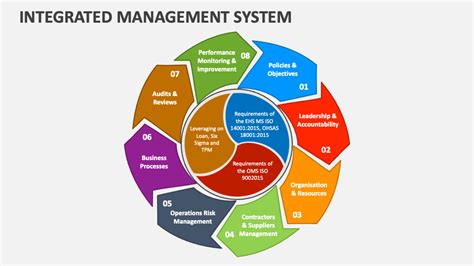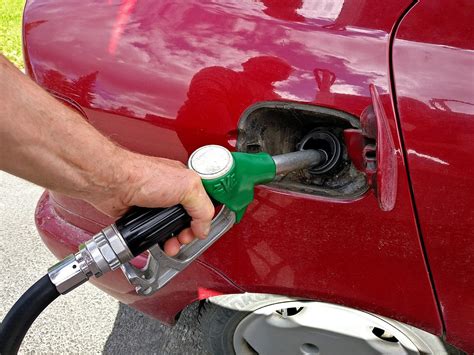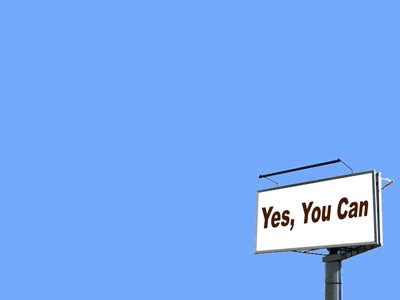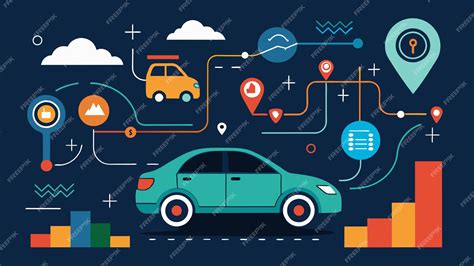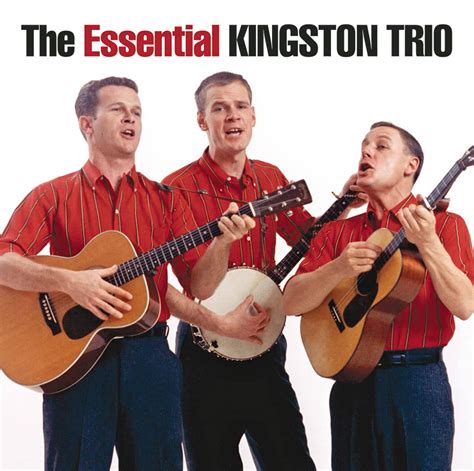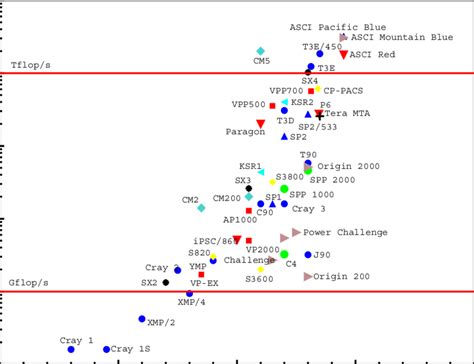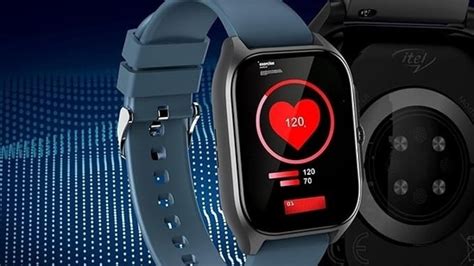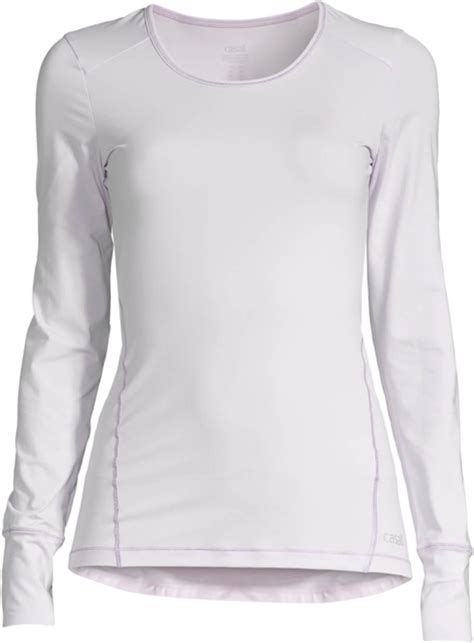What sleep tech optimizes recovery for peak daily performance?
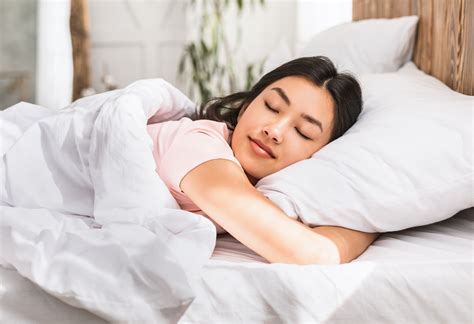
In our fast-paced world, the pursuit of peak daily performance often focuses on diet, exercise, and mental strategies. Yet, the foundational pillar for sustained high performance—recovery—is frequently overlooked or misunderstood. Specifically, the quality of our sleep directly dictates our cognitive function, physical repair, emotional resilience, and overall energy levels for the day ahead. Fortunately, an ever-evolving array of sleep technology is emerging to not just track, but actively optimize, our nightly recovery. But what specific tech genuinely moves the needle?
The Rise of Wearable Sleep Trackers
Perhaps the most accessible entry point into sleep optimization, wearable devices have revolutionized our understanding of personal sleep patterns. Modern wearables go beyond simply logging hours; they delve into the architecture of your sleep, identifying time spent in light, deep (SWS), and REM stages, while also monitoring crucial physiological markers like heart rate variability (HRV), resting heart rate, and skin temperature.
Devices like the Oura Ring, WHOOP strap, and advanced smartwatches (e.g., Apple Watch, Garmin) provide daily “readiness” or “recovery” scores based on these metrics. By understanding trends in your sleep stages and autonomic nervous system activity, these trackers can offer actionable insights: Is your alcohol intake impacting deep sleep? Is late-night exercise elevating your resting heart rate? These insights empower users to adjust lifestyle choices for better recovery, fostering a proactive approach to sleep health.
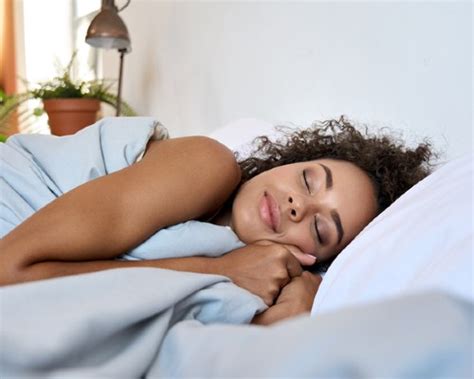
Smart Beds: Engineering Your Sleep Environment
Moving beyond personal tracking, smart beds and mattresses are transforming the sleep surface itself into an active recovery tool. These sophisticated systems integrate sensors directly into the mattress to monitor sleep metrics, much like wearables, but often with greater accuracy and without requiring a device on your body.
Beyond tracking, many smart beds offer dynamic adjustments. Features such as personalized firmness control (e.g., Sleep Number), automatic temperature regulation (e.g., Eight Sleep Pod), and even anti-snore capabilities work proactively to maintain an optimal sleep environment throughout the night. By keeping you in a comfortable thermal zone and providing ideal spinal support, these beds aim to minimize awakenings and maximize time spent in restorative sleep stages, directly contributing to enhanced physical and mental recovery.
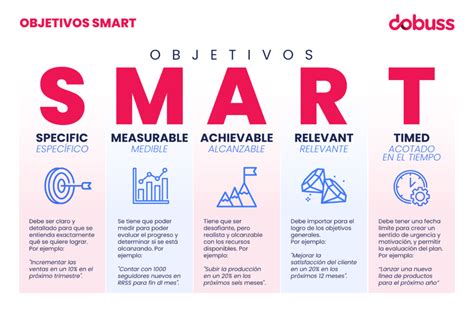
Optimizing the Sleep Environment: Light, Sound, and Air
While wearables and smart beds focus on the body and its immediate contact surface, other technologies target the broader sleep environment. Our circadian rhythm, the body’s internal clock, is profoundly influenced by light exposure. Smart lighting systems, such as Philips Hue or specific ‘dawn simulator’ alarms, can emit warm, dim light in the evenings to promote melatonin production and gradually brighten in the morning to gently wake you, mimicking natural sunrise.
Sound also plays a critical role. Noise-canceling headphones or smart sound machines (e.g., Hatch Restore) can mask disruptive sounds while offering calming soundscapes—white noise, nature sounds, or guided meditations—to facilitate faster sleep onset and deeper sleep. Furthermore, air quality monitors and purifiers ensure your bedroom air is free from allergens and pollutants, contributing to uninterrupted, healthy breathing during sleep, which is vital for oxygen delivery and cellular recovery.
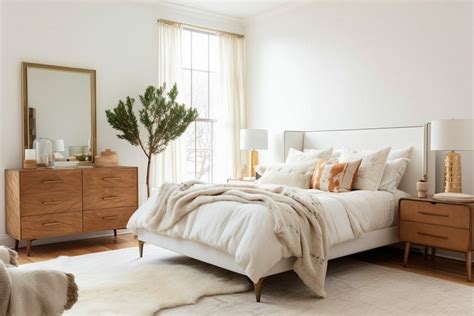
Beyond Tracking: Active Sleep Enhancement Devices
The innovation doesn’t stop at monitoring and environmental control. Some technologies are designed to actively influence brainwave states to promote deeper relaxation and sleep. Neurofeedback devices, for example, can use gentle audio cues to guide brainwaves into restorative frequencies. While still emerging, these technologies hold promise for individuals struggling with sleep initiation or maintaining deep sleep.
Other tools, though perhaps not strictly “sleep tech” in the traditional sense, contribute significantly to the recovery ecosystem. Gravity blankets leverage deep pressure stimulation to calm the nervous system, while advanced pillows offer ergonomic support to prevent discomfort and improve breathing. Even smart diffusers, releasing calming essential oils, can create an olfactory environment conducive to rest.
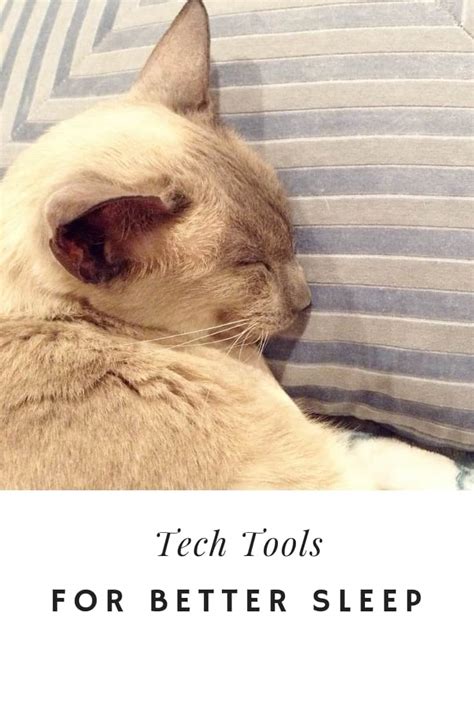
The Holistic Approach to Peak Performance Recovery
Ultimately, no single piece of sleep technology is a silver bullet. The most effective strategy for optimizing recovery for peak daily performance involves a holistic approach, integrating insights from various tools into a personalized routine. Wearable trackers provide data, smart beds create optimal physical conditions, and environmental tech fine-tune the sensory experience. By combining these elements, individuals can craft a highly personalized sleep strategy that addresses their unique needs and challenges.
As sleep science advances and technology becomes more integrated, expect even more sophisticated solutions that move beyond mere tracking to predictive analytics and proactive interventions, further blurring the lines between gear and genuine biological optimization. Embracing these tools means investing in your most powerful performance enhancer: truly restorative sleep.
